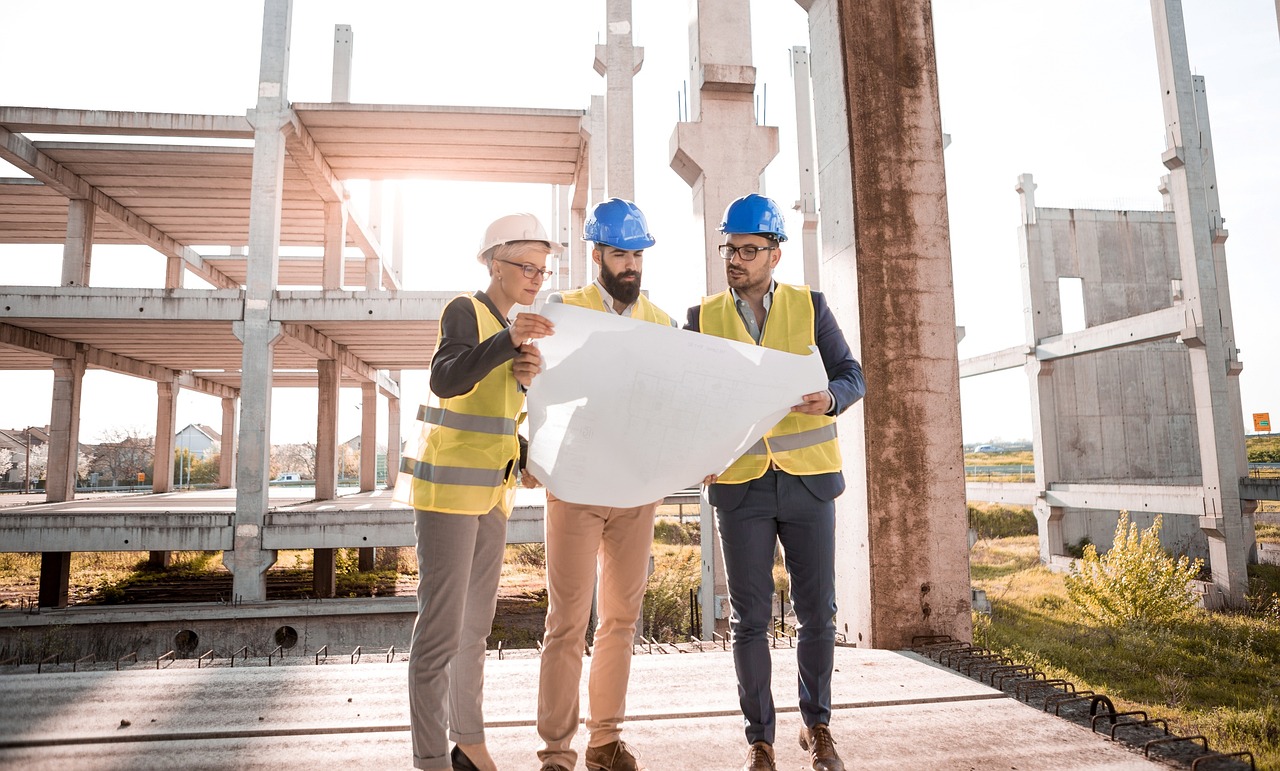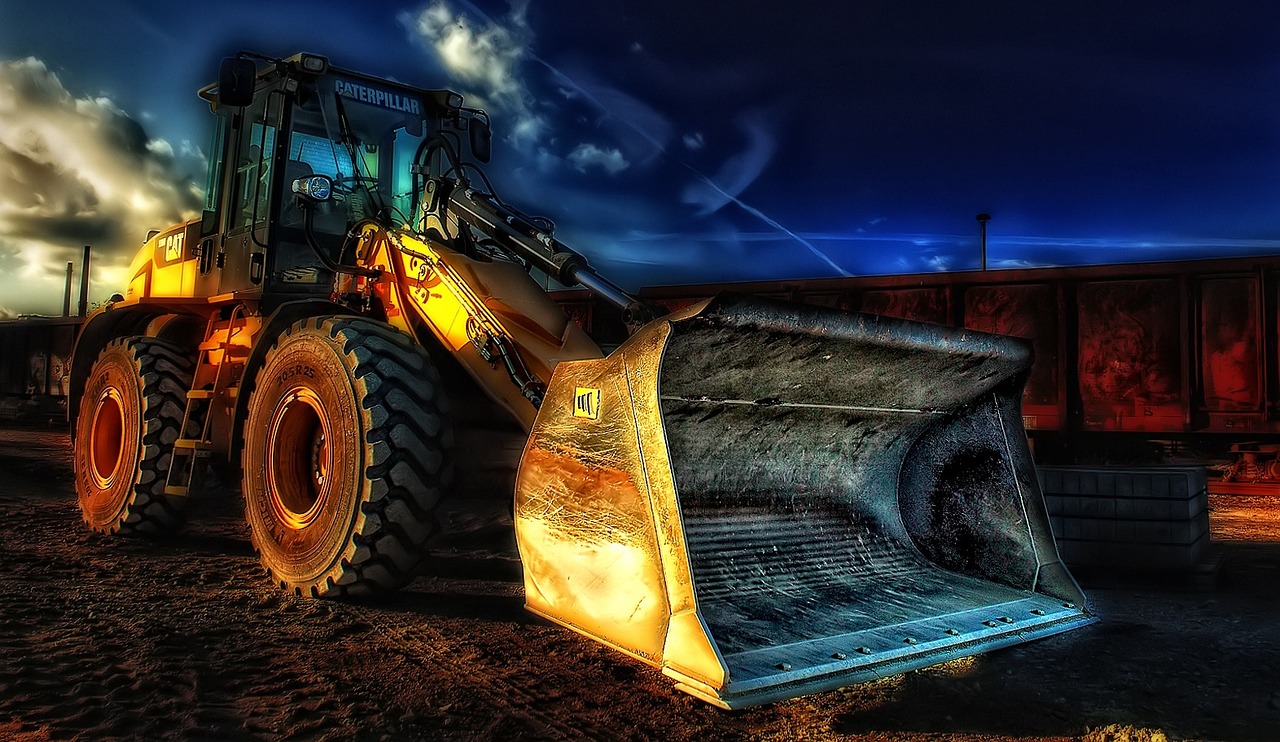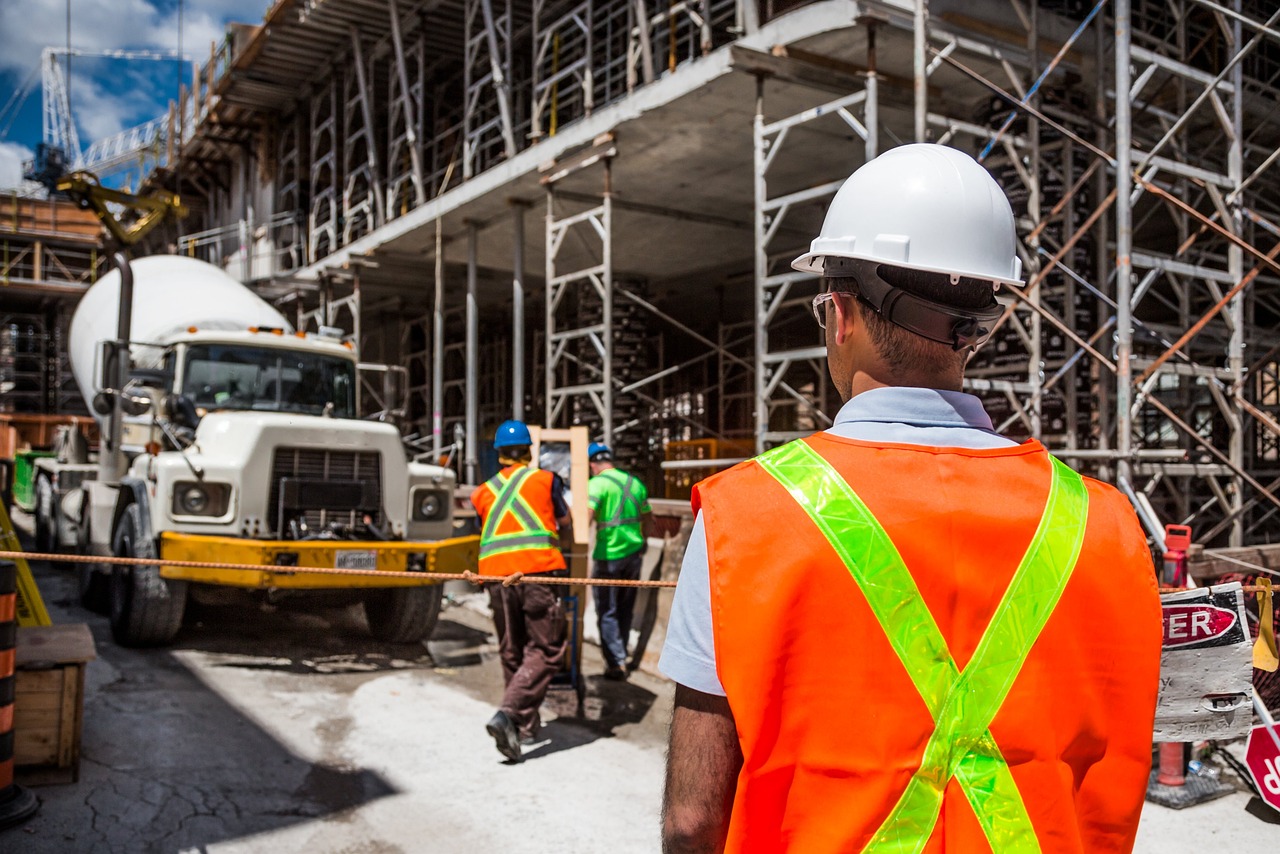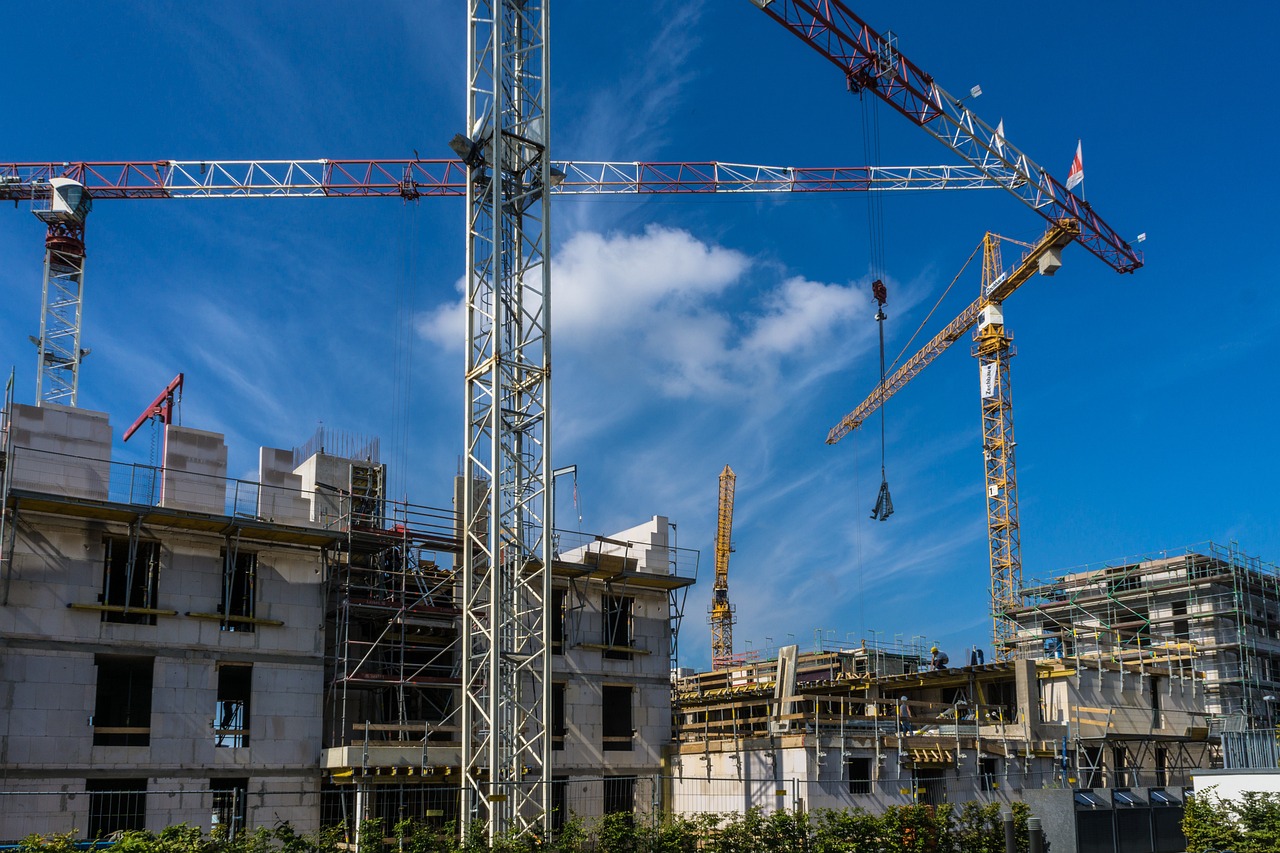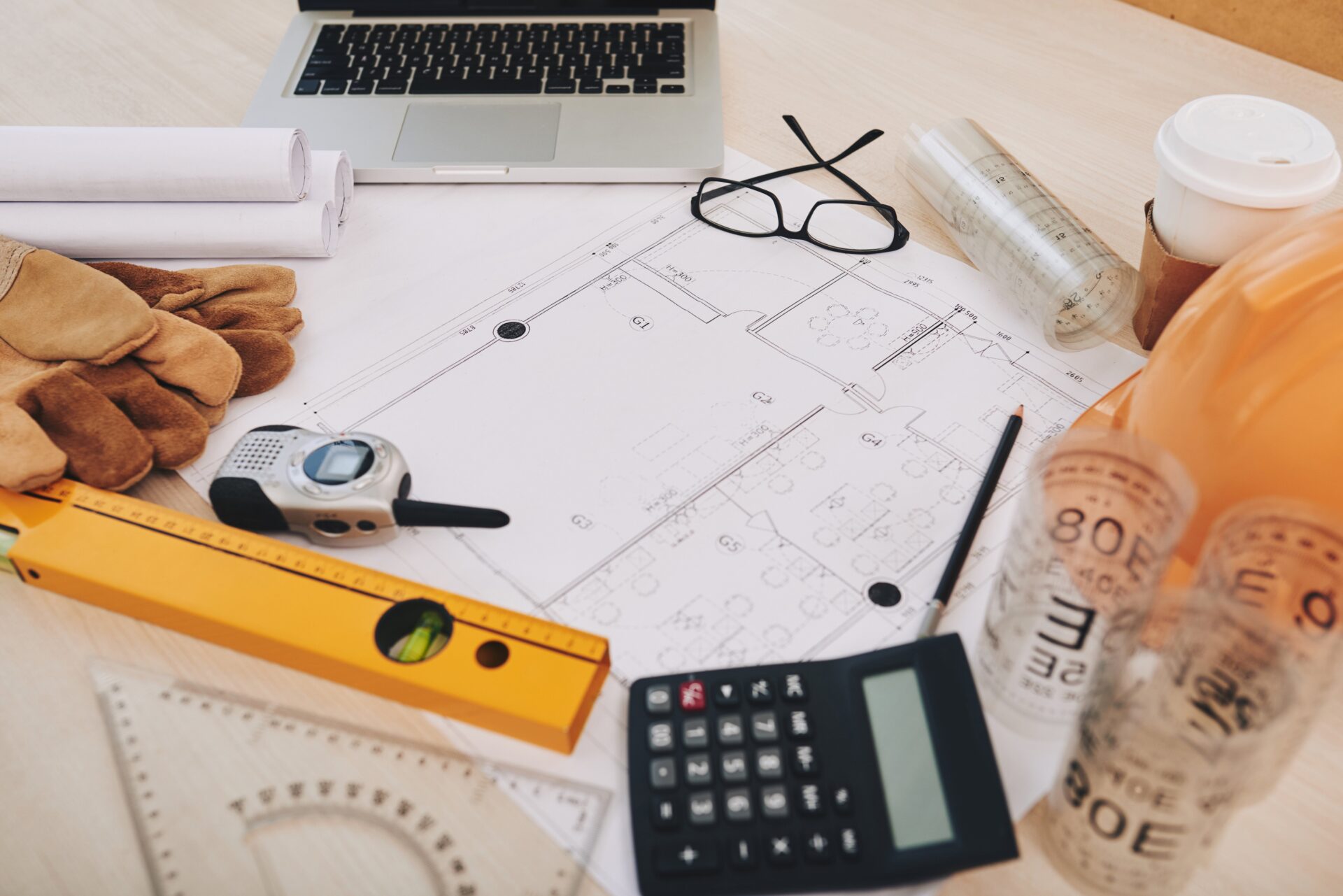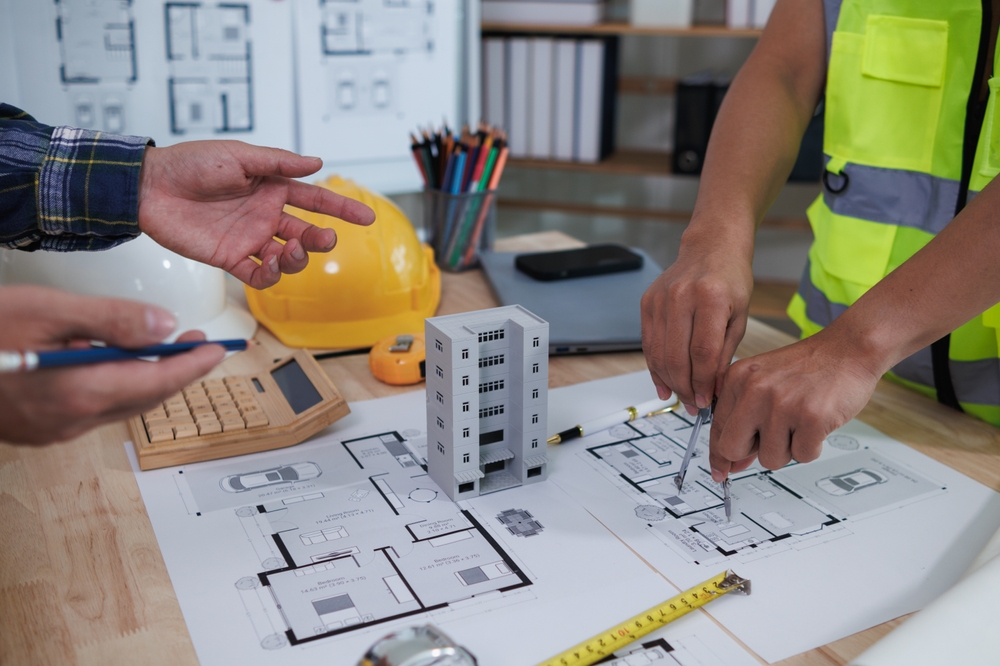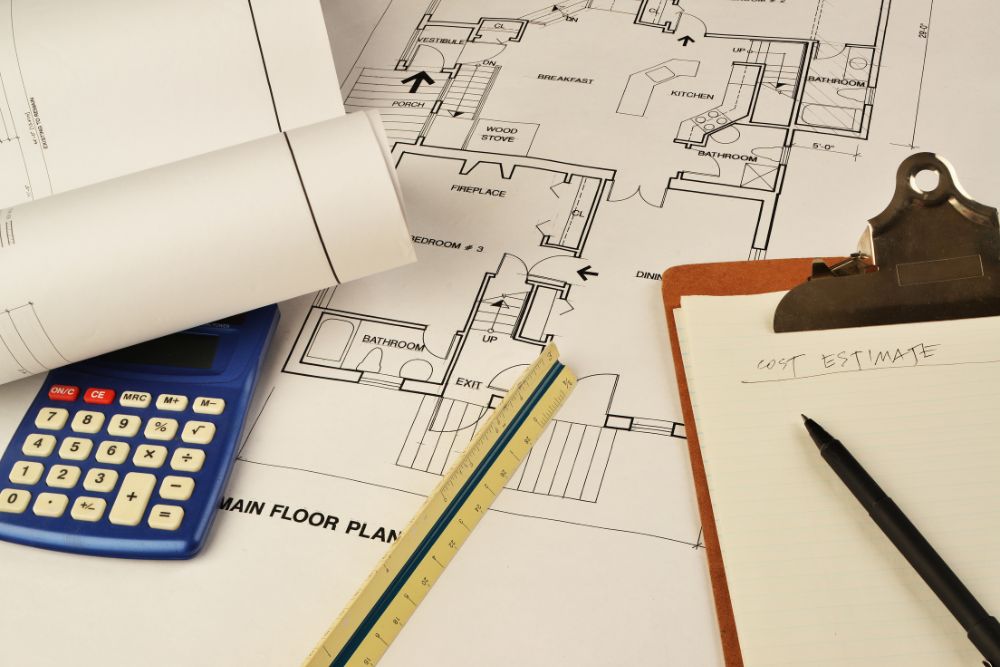What Is LVP Flooring? Luxury Vinyl Plank (LVP) flooring is a popular choice for homes and offices. It appears to be real wood or stone, but it is actually stronger and more affordable. Many people choose LVP because it is both stylish and practical. It can handle daily use without much wear or damage.
Also, LVP is water-resistant. This makes it perfect for kitchens, bathrooms, basements, and laundry rooms. It is strong enough for high-traffic areas and homes with children or pets. You get the look of wood or stone without the high cost or maintenance.
Additionally, LVP comes in a variety of colors, patterns, and textures. It is easy to install with click-lock or glue-down options. Both DIY and professionals can install it quickly.
In this blog, we will provide an overview of everything you need to know about LVP flooring.
What Does LVP Stand For?
LVP stands for Luxury Vinyl Plank. It’s a type of vinyl flooring made to look stylish and modern. Many people choose LVP because it’s a durable and affordable alternative to expensive flooring like hardwood or stone. It’s tough enough to handle busy households with kids and pets.
Thanks to advanced printing technology, LVP flooring is available in a wide range of beautiful designs. It can resemble real wood or stone, giving your home a high-end appearance without the high cost.
What Is LVP Flooring Made Of?
LVP flooring is primarily made of vinyl, which is a strong and scratch-resistant material. This makes it ideal for busy areas such as entryways, kitchens, and living rooms. It is also easy to clean and maintain, saving time and effort. Over the years, LVP has improved to offer even more benefits for homes.
Some types utilize rigid core flooring, which features a strong, multi-layered core for enhanced durability. The core may include engineered wood, giving water resistance, sound protection, and added strength.
Benefits of LVP Flooring
Choosing the right flooring is crucial, and LVP flooring is a wise choice due to its numerous advantages. It is durable, affordable, and stylish, making it an excellent choice for both homes and businesses.
Waterproof and Spill-Resistant
Many people choose LVP because it is waterproof. It handles spills from kids, pets, or high humidity better than hardwood or laminate. This makes LVP perfect for bathrooms, kitchens, laundry rooms, and basements. Some LVP floors have extra protective coatings and backing layers to prevent mold and mildew.
Durable and Long-Lasting
LVP is made to resist scratches, dents, and stains, making it ideal for families and pets. High-quality LVP can last 10 to 30 years with proper care. It also resists sun damage, keeping its color and brightness in rooms with many windows.
Easy to Install (DIY-Friendly)
LVP is easy to install. It often uses click-lock, glue-down, or loose-lay methods, so you may not need a professional. Click-lock planks fit together without the need for glue, while other systems offer more flexibility. Some LVP products come with attached underlayment for sound reduction and extra comfort.
Comfortable and Quiet
LVP feels softer underfoot than stone or tile. Some planks feature foam or cork backing to reduce noise and enhance walking comfort. It works well in homes, apartments, and offices where quiet floors are essential.
Types of LVP Flooring for Every Space
Here’s your Types of LVP Flooring for Every Space section with smooth, simple transitional starting lines for each heading:
1. Rigid Core vs. Flexible LVP
These are the two main types of LVP based on how firm or flexible the plank is.
- Rigid Core: Strong and durable, perfect for high-traffic areas.
- Flexible: Easier to install on uneven floors, suitable for smaller or irregular spaces.
2. Waterproof vs. Water-Resistant
LVP flooring handles moisture differently depending on the type you choose.
- Waterproof LVP: Completely blocks moisture, ideal for bathrooms and kitchens.
- Water-Resistant LVP: Protects against spills, best for living rooms or bedrooms.
3. Embossed vs. Smooth Textures
The surface texture changes how the floor looks and feels underfoot.
- Embossed: Has realistic woodgrain textures that look like natural wood.
- Smooth: Features a sleek surface, perfect for modern and minimalist designs.
How LVP Compares to Other Flooring Options
Let’s compare LVP with other flooring options to see the differences and benefits.
Comparison | Key Points |
LVP vs. Hardwood | Hardwood is classic and beautiful, but LVP gives a similar look with much less maintenance. It does not require sanding or refinishing and is better suited for families and homes with pets. |
LVP vs. Laminate | Laminate also mimics wood, but LVP performs better in wet areas. Laminate can swell or warp when exposed to moisture, while LVP offers a more authentic wood look and feel. |
LVP vs. Tile | Tile handles moisture well, but LVP is warmer and more comfortable underfoot. It resists water like tile, is easier to install, and is usually less expensive. |
Installation Methods for LVP Flooring
There are several ways to install LVP flooring, depending on your needs:
- Click-Lock: Planks snap together without glue, creating a floating floor. Easy for DIY projects.
- Glue-Down: Planks are glued directly to the subfloor for a permanent installation.
- Loose Lay: Heavy-backed planks stay in place using friction. They are easy to remove or replace.
Top Brands of Vinyl Plank Flooring
Several popular brands produce high-quality LVP flooring, each offering distinct quality levels.
Brand | Product Lines | Quality / Features | Notes |
Shaw | Premio, Classico | Premium, thick (6.5 mm), stylish | Other lines, like Aviator and Navigator are more budget-friendly |
Armstrong | Luxe Plank | Mid-range quality, various wood-look designs | Some planks use self-stick adhesive for easy installation |
Mannington | Adura, Distinctive | Adura is popular; Distinctive offers large planks, micro-beveled edges, and a realistic wood look | Distinctive gives a high-quality appearance with natural textures |
BuildDirect | Budget LVP | Cheapest online, low price per plank | Minimum purchase often required; best for large projects |
Lumber Liquidators | Tranquility | Thin planks (1.5 mm) to thicker options (5 mm), wide planks available | Offers both budget and higher-quality options for durability |
 How Is Luxury Vinyl Plank (LVP) Flooring Made?
How Is Luxury Vinyl Plank (LVP) Flooring Made?
Luxury Vinyl Plank (LVP) flooring is crafted through a multi-layer process that combines materials to achieve durability, aesthetics, and functionality.
1. Backing Layer
The bottom layer provides structural support and stability. Often made of vinyl or foam, it prevents moisture from seeping up from the subfloor and helps reduce noise. Some products include an attached underlayment, enhancing comfort and sound absorption.
2. Core Layer
Above the backing, the core is typically made from stone plastic composite (SPC) or wood plastic composite (WPC). SPC cores are rigid and dense, while WPC cores offer a softer feel underfoot. Both types are waterproof, ensuring stability and flatness in various environments.
3. Print or Design Layer
This layer features a high-resolution image of real wood, stone, or tile. Advanced printing technology replicates natural patterns, creating a realistic appearance that mimics the look of authentic materials.
4. Wear Layer
A clear, durable coating protects the design layer beneath. It shields the floor from scratches, stains, and UV damage. The thickness of this layer varies, with thicker coatings suitable for high-traffic areas.
5. Textured Surface Finish
To enhance realism, many manufacturers emboss the surface to match the patterns of the design layer. This process adds texture, making the planks feel more like real wood underfoot.
6. Cutting and Shaping
After the layers are fused and textured, the planks are cut into uniform sizes. Locking systems, such as click-lock edges, are added for easy installation without the need for glue or nails.
Comparison of Vinyl Flooring Types and Core Materials
Now, let’s look at how different vinyl floors and their core types compare, and what makes each one unique.
Type | Description | Key Features / Pros | Notes |
Vinyl Composite Tile (VCT) | Low-cost tile is often used in schools and hospitals | Very durable, suitable for high-traffic areas | Limited colors/designs, requires waxing, and high maintenance |
Luxury Vinyl Tile / Plank (LVT / LVP) | Affordable vinyl flooring for homes and light commercial use | Easy to install and maintain, with many design options | Low material and installation cost, modern look |
Wood Plastic Composite (WPC) Core | Rigid vinyl plank core made of wood flour + thermoplastic + calcium carbonate | Warm underfoot, comfortable, 100% waterproof, DIY-friendly | Slightly more expensive than SPC, masks minor subfloor imperfections |
Stone Plastic Composite (SPC) Core | Rigid vinyl plank core made of ~60% limestone + PVC + plasticizers | Very dense, rigid, 100% waterproof, DIY-friendly | Slightly cheaper than WPC, can feel colder underfoot, and very durable |
What to Consider When Buying LVP Flooring
When selecting Luxury Vinyl Plank (LVP) flooring, focus on the factors that matter most. You must consider the following factors:
1. Durability and Wear Layer Thickness
First, consider durability. The wear layer protects your floor from scratches, scuffs, and fading. For low-traffic areas, 12 mil is sufficient. High-traffic areas require 20 mil or more. Commercial spaces need 28 mil or above. Thicker wear layers provide better protection for pets and heavy furniture.
2. Style and Aesthetics
Next, think about style. LVP comes in a variety of colors, patterns, and designs, including wood and stone looks. Darker floors show dust more easily, while lighter floors hide imperfections. Select a color and pattern that complements your room and personal style.
3. Installation Method
Then, consider installation. Click-lock planks snap together and float over the subfloor, making DIY installation easy. Glue-down installation secures planks permanently, offering more stability but often requires professionals. Loose-lay planks stay in place with their heavy backing and are easily removable or replaceable.
4. Water Resistance
Additionally, water resistance is essential. LVP resists moisture, but not all options are waterproof. For kitchens, bathrooms, and laundry rooms, choose 100% waterproof LVP to prevent water damage.
5. Underlayment and Acoustics
Furthermore, underlayment improves comfort and reduces noise. Built-in underlayment adds cushioning and sound absorption. You can also add a separate underlayment for upper floors or apartments where noise reduction is essential.
6. Eco-Friendliness and Health
Another factor is eco-friendliness. Choose LVP with FloorScore® certification for low VOC emissions. Options with recycled content are environmentally friendly and safer for indoor air quality.
7. Core Construction and Extra Features
Moreover, the core and details matter. WPC cores offer cushioning, while SPC cores are rigid and durable. Embossed textures replicate wood or stone with remarkable realism. Beveled edges create a traditional plank look, and square edges appear seamless. Check for dimensional stability to prevent warping or gaps. Strong locking systems prevent planks from shifting.
8. Warranty and Manufacturer Support
Finally, consider the warranty. Look for coverage on wear, fading, stains, and water damage.
Reliable manufacturer support ensures you can get help if issues arise.
Things to Watch Out
Although LVP flooring has many benefits, it also has some limitations that you should consider before making a purchase.
- LVP cannot be sanded or refinished. Damaged planks must be replaced.
- Lower-quality LVPs may fade or wear out faster than higher-quality options.
- LVP needs a smooth subfloor. Uneven surfaces can cause locking or glue problems.
- Glue-down LVP may release small amounts of VOCs. Choose low-VOC or FloorScore® certified products.
- LVP cannot be used in fully submerged areas, such as showers or outdoors.
- Direct sunlight or extreme weather can damage LVP planks over time.
- Flexible LVP can show subfloor imperfections. Extra leveling may be needed before installation.
 How to Care for LVP Flooring
How to Care for LVP Flooring
Caring for LVP flooring is simple and helps it stay beautiful for years. With the proper routine, you can protect your floor and enjoy its look for a long time.
Daily Cleaning Tips
For everyday cleaning, sweep or vacuum the floor to remove dust and dirt. For deeper cleaning, use a damp mop with a pH-neutral, vinyl-safe cleaner. Avoid harsh chemicals and too much water, as they can damage the protective layer of the flooring.
Preventing Damage and Scratches
To prevent scratches, place felt pads under furniture legs and avoid dragging heavy objects across the floor. Rugs in high-traffic areas help reduce wear and tear. Keep pets’ nails trimmed, and try to avoid walking on the floor with high heels or cleats.
FAQs
Is LVP Good For Bathrooms?
Yes, LVP is suitable for bathrooms because it is waterproof. It can handle moisture and spills without warping. However, avoid leaving standing water for long periods. Regular cleaning helps maintain the appearance and prevents the buildup of mold or mildew.
How Long Does Vinyl Plank Flooring Last?
Vinyl plank flooring can last 10-25 years, depending on its quality and the level of care it receives. With proper maintenance, such as regular cleaning and avoiding heavy scratches, it can retain its appearance for a long time. High-quality LVP tends to last longer than cheaper options.
Can I Steam Mop Luxury Vinyl Flooring?
No, steam mops are not safe for LVP. High heat can damage the vinyl and wear down the protective layer. Instead, use a damp mop with a vinyl-safe, pH-neutral cleaner to keep the floor clean without causing damage.
How Do I Prevent Vinyl Plank Floors From Getting Destroyed?
Protect LVP by using felt pads under furniture to prevent scratches. Avoid dragging heavy objects across the floor. Also, trim pets’ nails, place rugs in busy areas, and clean spills quickly. These steps prevent scratches, dents, and premature wear over time.
Can I Use Vinegar On Luxury Vinyl Flooring?
No, vinegar is too acidic and can damage the finish of LVP. Instead, use a mild, pH-neutral vinyl cleaner with a damp mop. Regular cleaning protects the floor, keeps it shiny, and prevents scratches or discoloration.
Conclusion
Luxury Vinyl Plank (LVP) flooring is a top choice for those wondering what is LVP flooring. It is durable, stylish, and affordable, giving the look of wood or stone without high maintenance.
Additionally, LVP is water-resistant, comfortable underfoot, and available in a variety of colors, patterns, and textures. It works well in kitchens, bathrooms, high-traffic areas, and homes with children or pets. Easy installation and long-lasting performance make it ideal for both residential and commercial spaces.
However, selecting quality products, preparing the subfloor properly, and following care instructions are essential for long-term results.
For precise Flooring estimating services, professional guidance, and smooth LVP installation, contact Prime Estimation today to make your flooring project effortless.


 How Is Luxury Vinyl Plank (LVP) Flooring Made?
How Is Luxury Vinyl Plank (LVP) Flooring Made? How to Care for LVP Flooring
How to Care for LVP Flooring